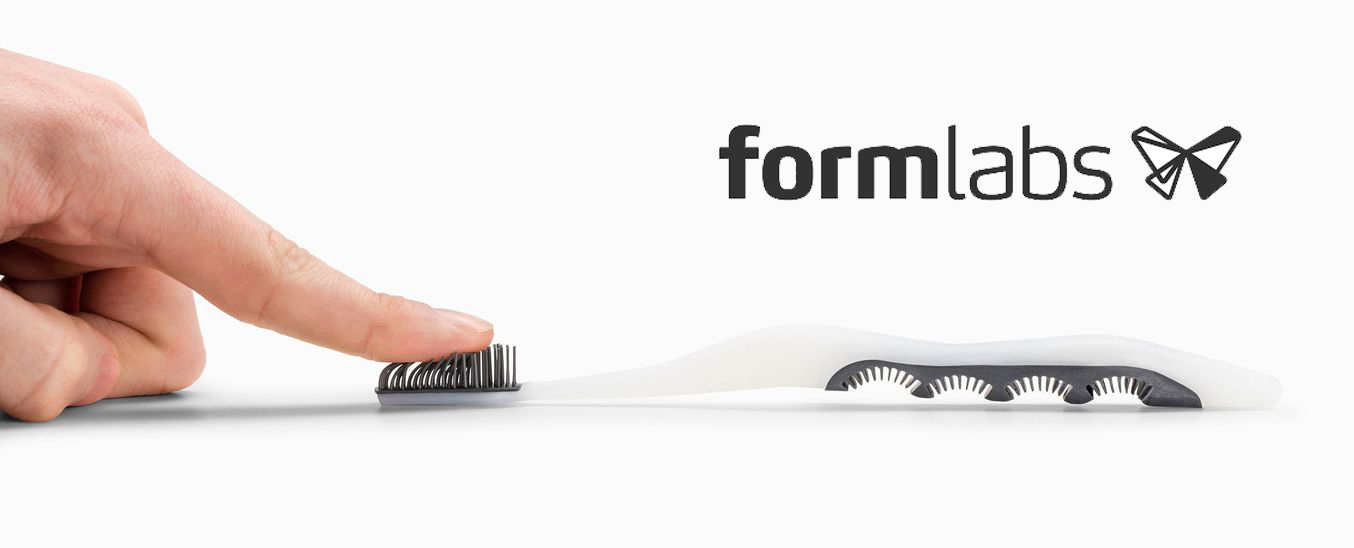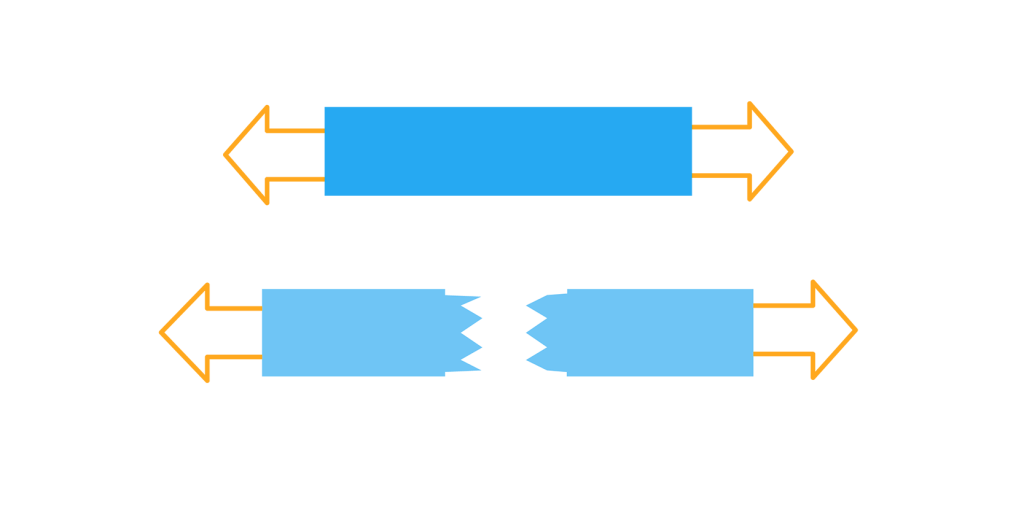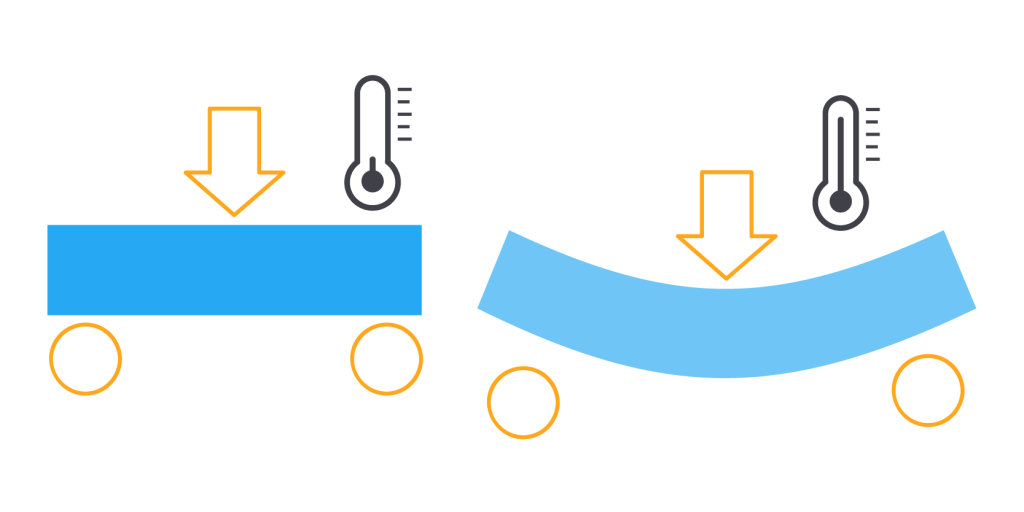
Choosing a Prototyping Material: 6 Mechanical Properties to Consider
Plastics are complex materials, and finding the right one for your specific application requires balancing multiple attributes. As technology like affordable desktop 3D printing gives more engineers hands-on experience with a variety of polymers, a baseline knowledge of mechanical properties is important for choosing the right material for a given job.
Below are the six most essential mechanical properties you should consider when choosing between materials, and in particular, when deciding which Formlabs Engineering Resin is the best fit for your project.
Elastic Modulus: How Stiff Is It?
Elastic modulus is a material’s resistance to elastic deformation under stress.

Flexural modulus, the measure most relevant to plastics, is a measure for a material’s stiffness, or tendency to bend. A highly stiff material requires more force to deform compared to a soft material. A high flexural modulus indicates a stiffer material, like a diamond, while a low flexural modulus indicates an elastic material, like a rubber band.
Flexural modulus and tensile modulus (or Young’s modulus) are closely related and typically don’t differ largely. Shear modulus describes a material’s response to shear stress, for example, cutting it with dull scissors.
Elongation: Will It Bend and Stretch?
Elongation is a material’s resistance to breaking when stretched.

Elongation tells you how much a material can stretch without breaking or forming cracks. Stiff materials, such as brittle-hard plastics, typically feature a low elongation at break, while some soft, elastic materials can stretch several times their own length before breaking. High elongation is important parts for packaging that needs to bend, for example, a toothpaste tube.
Ductile materials, for example, most rubbers, have a high elongation, while brittle materials like glasses and ceramics tend to have very low elongation because they do not plastically deform.
Impact Strength: Can It Absorb Shock?
Impact strength is a material’s ability to absorb shock and impact energy without breaking.

Impact strength, sometimes referred to as toughness, refers to a material’s ability to respond to sudden impacts. A material with high toughness, like polycarbonate or nylon, can absorb energy and plastically deform before it fractures. In simpler terms, a material with high impact strength can be dropped on the floor without breaking.
“Toughness” or impact strength isn’t synonymous with stiffness. More compliant materials can rate highly when it comes to absorbing sudden shock.
Tensile Strength: Will It Break Under Tension?
Tensile strength is a material’s resistance to breaking under tension.

A material with a high tensile strength resists breakage under tension, or being pulled apart. Ultimate tensile strength indicates the maximum stress that a material can withstand while being stretched or pulled before breaking. Materials with high tensile strength include carbon, glass, and steel.
Once this maximum stress is reached, brittle materials break very sharply, without plastic deformation, while more ductile materials experience some plastic deformation before fracture.
Today, 3D printing has progressed such that it is able to deliver tensile strength comparable to traditional injection-molded plastics like polypropylene and ABS.
Heat Deflection Temperature: Does It Tolerate Heat?
Heat deflection temperature (HDT) is the temperature at which a material deforms under a specified load.

Heat deflection temperature (HDT) indicates whether a material is suitable for high temperature applications, and is expressed as the temperature (measured in °C) at which a sample deforms under a specified load (measured in MPa).
A high HDT is desirable for enclosures and mounts for heating elements, as well as components that come into contact with hot liquids or gases, such as tooling for injection molds, fluidic connectors, valves, and nozzles.
Creep: Will It Deform Under Long-Term Stress?
Creep is a material’s tendency to move slowly or deform permanently under mechanical stresses.
Creep is the tendency of a material to deform slowly over a long period of time under stress. A material with high creep is more likely to deform than a material with low creep. Creep differs from other material properties in that it is measured over a longer period of time. Creep depends on time, stress, and temperature.
Choosing a material with low creep is important for parts that need to withstand high stress or temperatures and hold their shape over time, for example, for parts that will bear weight or parts need to perform a repeated function, such as a turbine blade.



